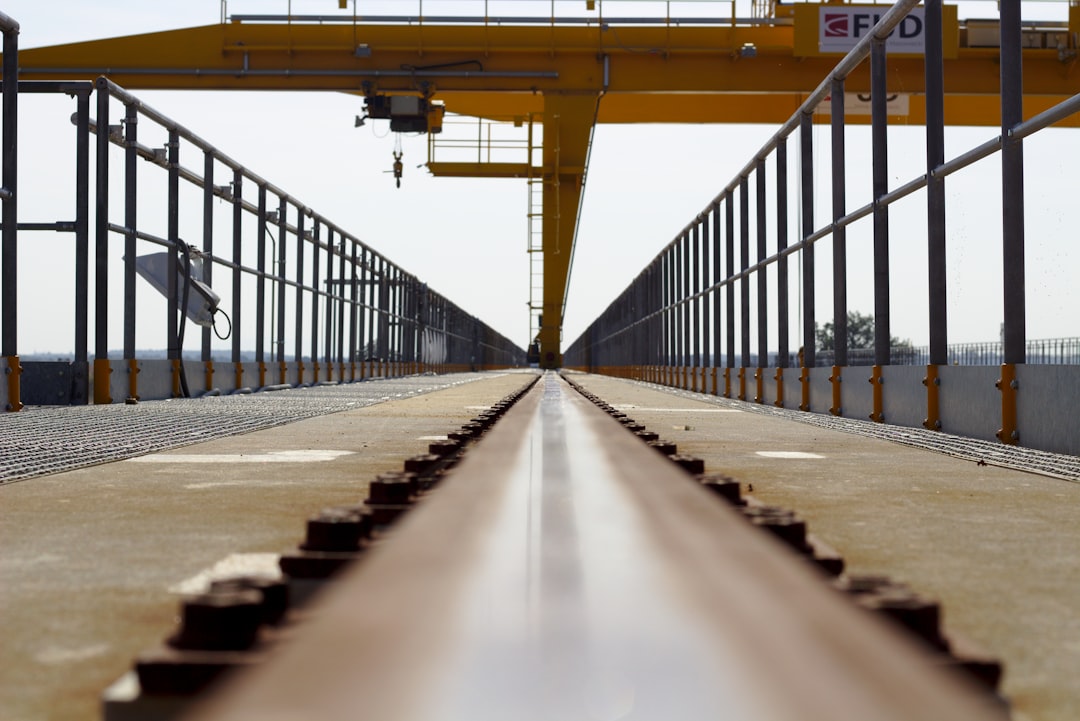Summary: The American economy is heavily invested in AI, with massive deals linking companies like Nvidia, OpenAI, and Oracle. While these agreements promise growth and innovation, some experts worry they may be circular transactions inflating valuations without delivering real returns. The future of AI investment depends on genuine technological breakthroughs, enterprise adoption, and sustainable revenue. If these don’t materialize, the interconnected web of commitments could unravel, impacting not just AI firms but the broader economy.
The AI Economy: A Massive Bet
The American economy today is essentially a huge wager on artificial intelligence. Morgan Stanley investor Ruchir Sharma recently highlighted that AI investments are expected to contribute about 40% of the United States’ GDP growth in 2025. Moreover, AI companies account for 80% of growth in American stock markets. But recent major deals among AI giants—deals that have significantly boosted stock prices—raise questions about whether this growth is sustainable or just a cycle of money moving in circles.
Are These Deals Just Round-Tripping?
In recent months, Nvidia announced a $100 billion investment into OpenAI; OpenAI committed to paying $300 billion to Oracle for computing power; and Oracle agreed to purchase $40 billion worth of chips from Nvidia. At first glance, these deals seem mutually beneficial, but the circular nature of these transactions gives the impression that money is simply moving between these companies without creating real value.
Rishi Jaluria, an analyst at RBC Capital Markets, explains that if these deals lead to increased computing capacity, they could accelerate AI model development and generate real returns on investment. However, if enterprise AI adoption fails to materialize, these transactions might just be “round-tripping”—a practice where companies artificially inflate their value through internal deals.
Signs to Watch: Real Progress or Hot Air?
To determine if these investments are meaningful, experts look for faster AI model development, performance improvements, and genuine adoption by businesses. OpenAI has made technological strides, such as releasing the Sora 2 video generation model, though its latest flagship model, GPT-5, fell short of expectations.
Adoption rates are mixed. While 10% of the global population reportedly uses ChatGPT and nearly 80% of businesses are exploring AI, a Massachusetts Institute of Technology survey found that 95% of companies integrating generative AI tools have seen no return on investment. Meanwhile, stock markets continue to reward these companies, raising concerns about inflated valuations.
The Circular Web of AI Investments
Take Oracle as an example: despite missing revenue and earnings targets recently, its stock price soared due to a massive increase in “remaining performance obligations”—future revenue promises yet to be realized. Much of this expected revenue hinges on OpenAI’s commitments, including a $300 billion deal for computing power over five years, starting in 2027.
However, fulfilling these commitments requires enormous resources. Oracle would need to generate 4.5 gigawatts of power—more than twice the output of the Hoover Dam—to meet OpenAI’s demands. OpenAI itself currently generates about $10 billion in revenue, far less than the $60 billion annual cost implied by the deal.
Similar circular deals exist between OpenAI and AMD, where OpenAI receives shares in AMD as part of chip purchase agreements, boosting AMD’s stock price. Altogether, OpenAI has agreed to over $1 trillion in computing deals this year, despite being a private company valued at around $500 billion.
OpenAI: The Nexus or the Void?
Many of these deals have contingencies, such as Nvidia’s initial $10 billion investment with potential to reach $100 billion if capacity targets are met. Yet, stock prices and company valuations often treat these deals as guaranteed. OpenAI projects it will more than 10x its revenue in the coming years, aiming for $129 billion annually by 2029.
The Risk of Overcommitment in AI
Peter Atwater, Adjunct Professor of Economics at William and Mary, compares the current AI investment frenzy to the housing market collapse of 2007. He describes “conveyor belts of capital”—money flowing through interconnected deals where each participant depends on others to keep the system running. If any part stops, the whole system risks collapse.
Overcommitment is common in bubbles, with buyers and sellers staking claims on scarce future commodities. However, commitments are often the first obligations cut when confidence falls. The AI market currently relies on credit markets extending massive funds, equity markets valuing transactions highly, and suppliers delivering promised products—none of which are guaranteed to persist.
What Happens If the AI Bubble Bursts?
Major tech firms like Microsoft, Meta, Tesla, Amazon, and Google have invested about $560 billion in AI infrastructure over two years, generating only $35 billion in AI-related revenue. OpenAI’s commitments are even larger relative to its returns. The energy required to operate the necessary data centers is enormous—comparable to the combined consumption of New York City and San Diego—and currently unavailable at that scale.
Ultimately, if there is no consumer demand for AI products, these companies cannot sustain their investments indefinitely. Atwater warns that AI and Wall Street are deeply intertwined, and a failure in AI investments could ripple through credit markets and the broader economy.
For now, optimism prevails, and investors continue to pour money into AI. But as Atwater notes, asking “why?” is often the last question in a bull market, and the true test will come when these companies must deliver real, tangible results.
